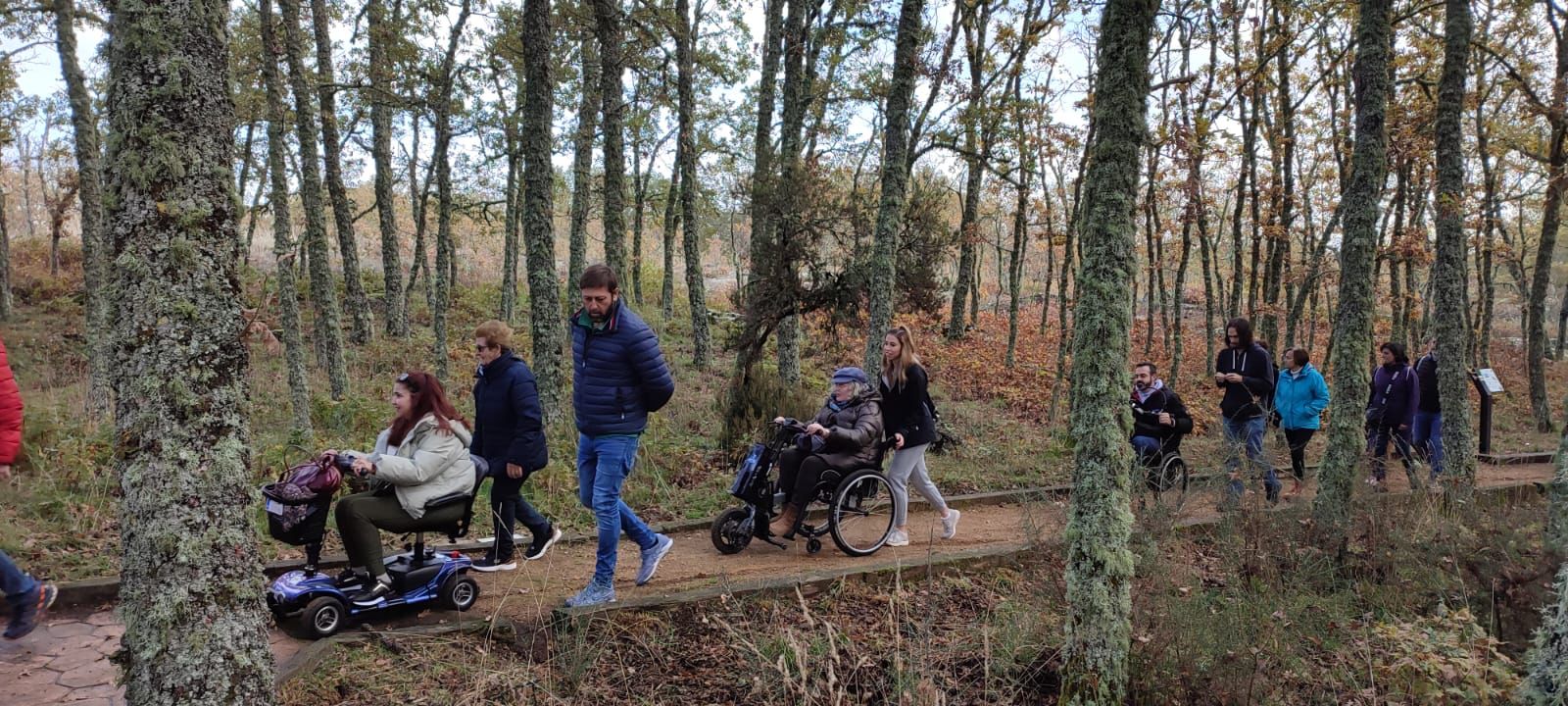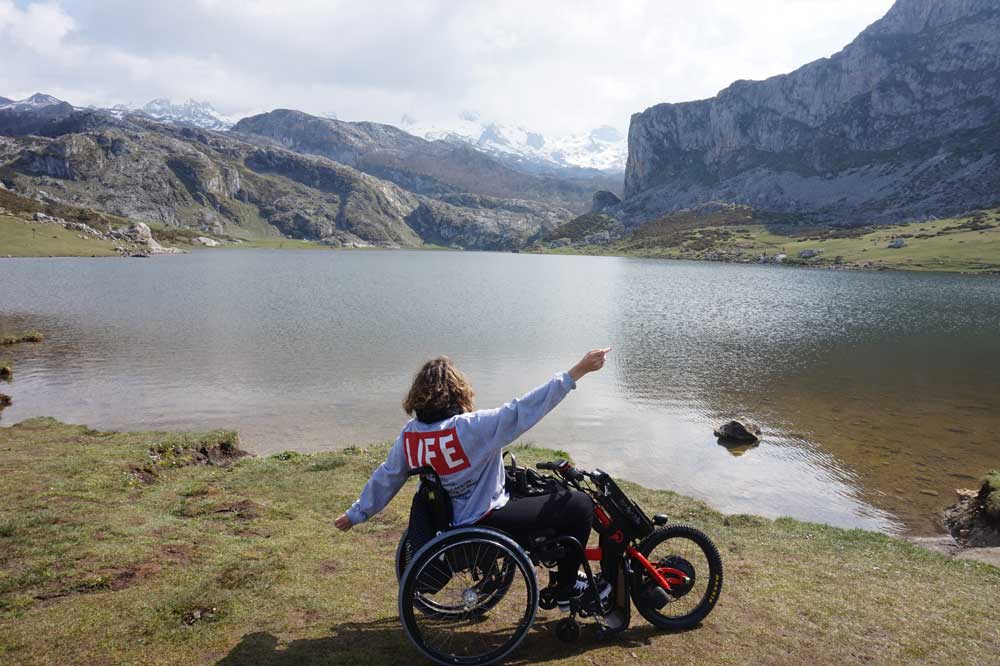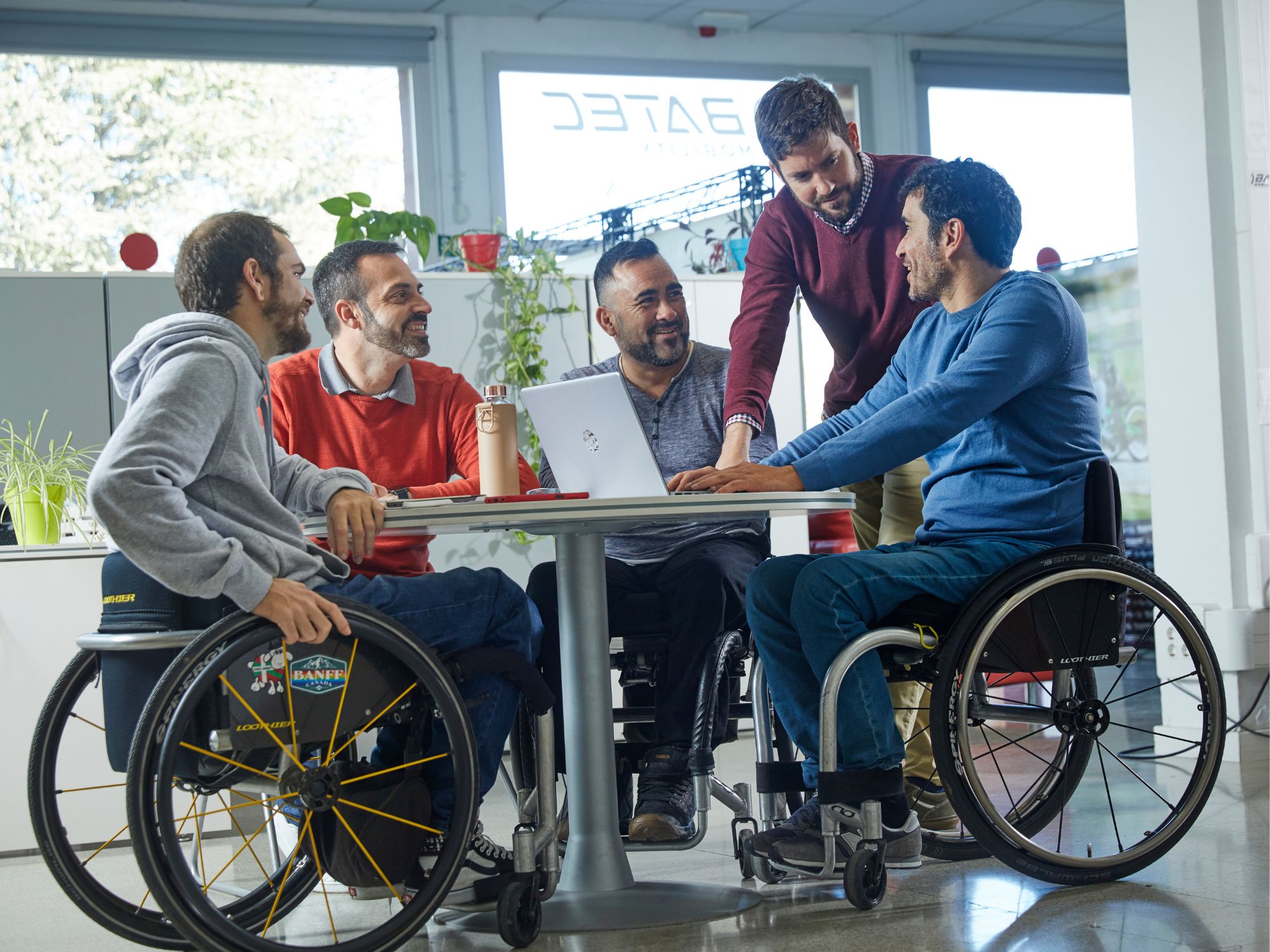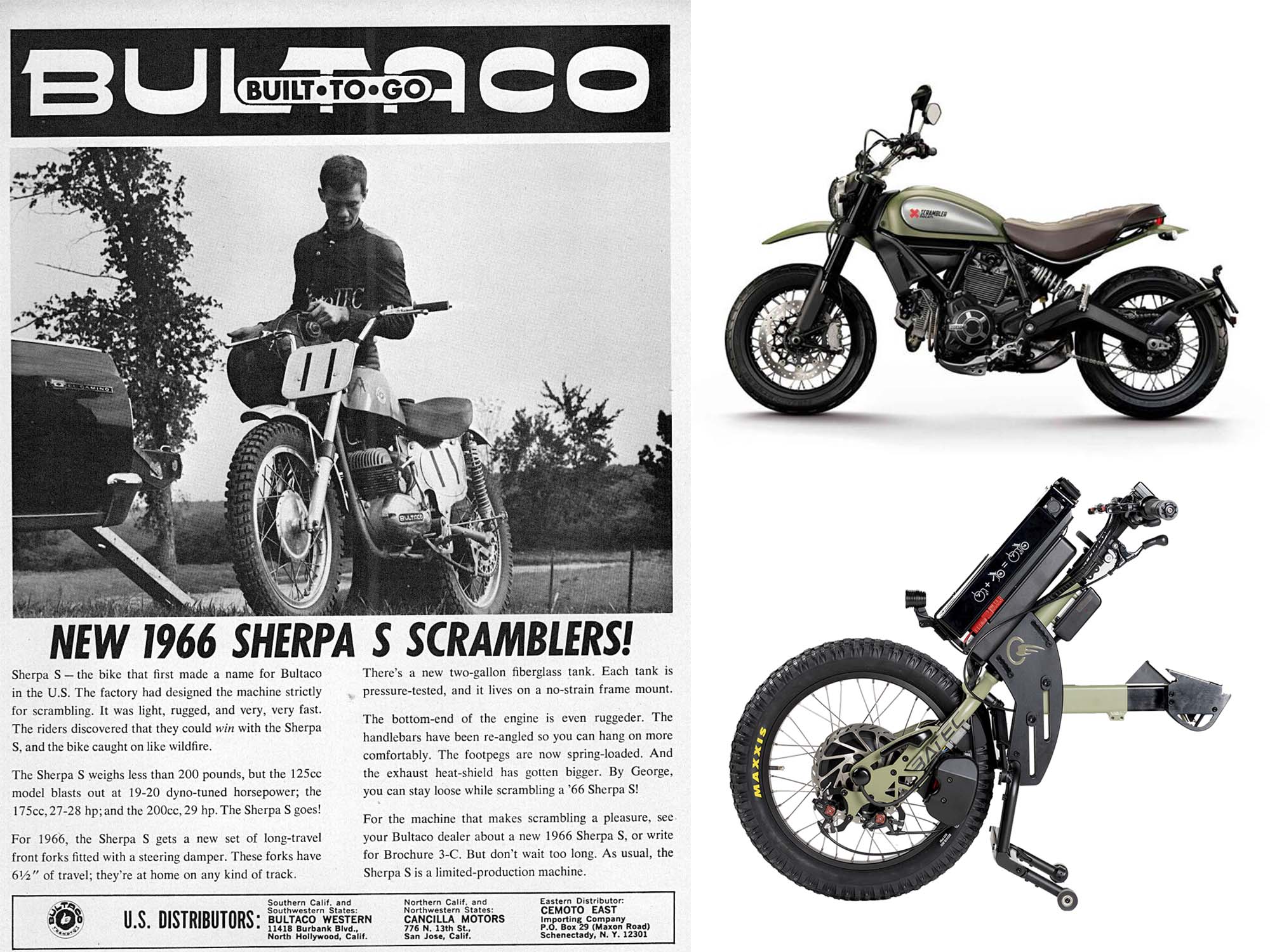The electric wheelchair has revolutionised mobility for people with disabilities, offering new-found independence and greatly enhancing quality of life. In contrast to manual wheelchairs, electric models are powered by rechargeable electric wheelchair batteries and controlled via a joystick or control panel, enabling users to move around without requiring constant physical assistance.
Electric wheelchairs history
Initially, electric power wheelchairs were bulky and costly, mainly used in hospitals and rehabilitation centres. However, as technology has advanced, particularly in batteries and electric motors, these wheelchairs have become more accessible and practical for everyday use.
The first electric power wheelchairs emerged in the 1950s, providing people with disabilities with a new means of mobility. Since then, improvements in battery technology, motors and materials have led to the creation of lighter, more compact and more efficient models. Today, there is a wide range of options available to suit various needs and lifestyles, from foldable chairs for easier transport to all-terrain models for enhanced outdoor versatility.
Benefits of electric wheelchairs
Electric wheelchairs come with a range of features that greatly enhance mobility and autonomy for users:
- Autonomy and independence: They enable users to move around independently, boosting self-esteem and reducing reliance on others.
- Ease of use: With straightforward, intuitive controls, electric powered wheelchairs are simple to operate, even for individuals with severe physical limitations.
- Comfort: They are designed for optimal comfort, featuring adjustable seats, footrests and padded backrests.
- Versatility: Available in models suited for both indoor and outdoor use, these wheelchairs adapt to various needs and environments.
- Safety: Equipped with automatic brakes, lights and suspension systems, they ensure a secure and stable user experience.

Devices to convert manual wheelchairs into electric ones
For those who value the flexibility of a manual wheelchair but occasionally need an electric boost, several conversion devices are available:
Electric handbike
This attachment converts a manual wheelchair into a powerful all-terrain vehicle instantly. For example, Batec Mobility’s models offer both versatility and power, allowing users to enjoy the best of both worlds.
Motorised wheels
These include electric motors to assist propulsion, facilitating mobility without permanently modifying the wheelchair.
Attachable motors
These can be easily fitted to any manual wheelchair, offering electric mobility assistance as needed.
The Batec Mobility system: an innovative alternative
While traditional electric powered wheelchairs have served effectively for decades, recent innovations have introduced accessories that enhance their capabilities. Among these, Batec’s electric handbikes stand out for their numerous benefits.
Batec devices attach to manual wheelchairs, transforming them into motorised tricycles in seconds. This technology offers a 2-in-1 solution, revolutionising outdoor mobility while preserving the advantages of a manual wheelchair indoors.
Advantages of the Batec Mobility handbike
Batec Mobility’s electric handbike delivers several benefits that complement and often exceed those of the conventional electric power wheelchair:
Installation and compatibility
One of Batec’s key advantages is its ease of installation and compatibility with most wheelchairs. These devices attach to the front of the wheelchair, converting it into a tricycle in under three seconds. This allows manual wheelchair users to enjoy motorised mobility without the need for a full electric mobility wheelchair.
Enhanced mobility
The Batec handbike significantly boosts range and speed. While traditional electric powered wheelchairs offer moderate speeds, the Batec handbike provides higher speeds and greater autonomy, allowing users to cover longer distances with less effort. This is particularly beneficial for those navigating large areas or engaging in outdoor activities such as park outings, recreational cycling or extended trips.
Health benefits
In addition to improving mobility, Batec’s electric handbike provides significant health benefits that conventional electric powered wheelchairs may not offer. Operating the device, even with motor assistance, involves physical effort that helps maintain muscle strength and cardiovascular endurance. This is particularly valuable for individuals with disabilities who may face limitations with other forms of exercise.
Installation and compatibility of our convertible handbikes
A major advantage of Batec Mobility’s handbike is its ease of installation and high compatibility with various wheelchair models. The device attaches swiftly to a manual wheelchair, transforming it into an all-terrain electric mobility wheelchair within minutes. This flexibility allows users to benefit from motorised mobility without the need to purchase a new wheelchair.
The installation process is simple and requires no complex tools. The Batec device secures to the wheelchair’s chassis with a patented system, ensuring stability and safety. This straightforward set-up is crucial for users seeking efficient and practical solutions to enhance their daily mobility.
Enhanced mobility with electric power wheelchairs
Enhanced mobility is one of the major benefits of using battery powered wheelchairs. These devices enable users to move with greater ease and speed across diverse environments. Designed for a smooth and efficient mobility experience, electric power wheelchairs are effective both indoors and outdoors.
In urban environments, electric power wheelchairs allow users to navigate busy streets, pavements and buildings with ease. In rural or natural settings, all-terrain models can tackle uneven and challenging terrain, opening up new opportunities for exploration and adventure.
Health benefits of using Batec Mobility devices
Batec Mobility’s handbikes offer a hybrid option, allowing users to choose between motorised, manual or combined assistance. This versatility is ideal for varying levels of outdoor exercise, with electric support available as needed.
Combining a manual wheelchair with the Batec electric handbike provides a more active driving experience compared to traditional electric powered wheelchairs, which are often more passive. Users maintain an active posture similar to riding a motorcycle, benefiting their health by preventing a more sedentary position and associated muscle loss. Moreover, these devices help minimise repetitive movements involved in manually propelling wheelchair wheels, which over time can lead to joint injuries.
Flexibility and autonomy with Batec Mobility’s handbikes
Enhanced mobility and independence are among the greatest benefits of using these devices. They allow users to move more easily and quickly across various environments. Designed for smooth and efficient mobility, electric powered wheelchairs excel both indoors and outdoors.
In urban settings, these devices help users navigate tight spaces, crowded streets, curbs and obstacles with ease. In rural or natural areas, combining a wheelchair with a Batec handbike enables users to tackle uneven and challenging terrain, unlocking a world of exploration and adventure.
Access to difficult terrain with electric motorised wheelchairs
Unlike many electric power wheelchairs designed primarily for flat, smooth surfaces, Batec Mobility’s handbikes handle a wide range of terrains. Their tricycle structure, wide and large wheels and robust design make it easier to traverse irregular paths, inclines and other obstacles that might challenge conventional electric mobility wheelchairs.
This all-terrain capability opens up new possibilities for users, allowing them to explore natural and rural areas with greater freedom. Whether on dirt paths, mountain trails or rocky surfaces, Batec Mobility’s handbikes offer a reliable and efficient solution for navigating difficult terrain.
Environmental impact of electric mobility solutions
Electric mobility devices, such as electric mobility wheelchairs and Batec handbikes, have a relatively low environmental impact. Powered by rechargeable electric wheelchair batteries, these devices produce zero direct emissions, helping to reduce the carbon footprint compared to internal combustion vehicles.
Moreover, many modern batteries are recyclable, which further lessens long-term environmental impact. Using renewable energy to recharge the batteries also supports a more sustainable future. Electric mobility solutions not only enhance users’ quality of life but also contribute to environmental conservation.
The impact of the electric wheelchair on assisted mobility
In summary, the electric wheelchair has revolutionised the lives of people with disabilities, offering enhanced independence and a better quality of life. Devices like the Batec electric handbike represent a significant evolution in assisted mobility, providing added benefits such as increased autonomy, speed and access to challenging terrains.
The ability to transform a manual wheelchair into a motorised tricycle with a simple attachment provides crucial flexibility for individuals with reduced mobility. With advanced technology, user-friendly design and numerous health benefits, Batec Mobility devices present a compelling option for those dependent on a wheelchair for daily mobility.
The future of assisted mobility is promising, with many innovations on the horizon that could further improve the lives of people with disabilities. Ongoing commitment to research and development will ensure that electric mobility solutions continue to advance, offering greater freedom and autonomy to users.







